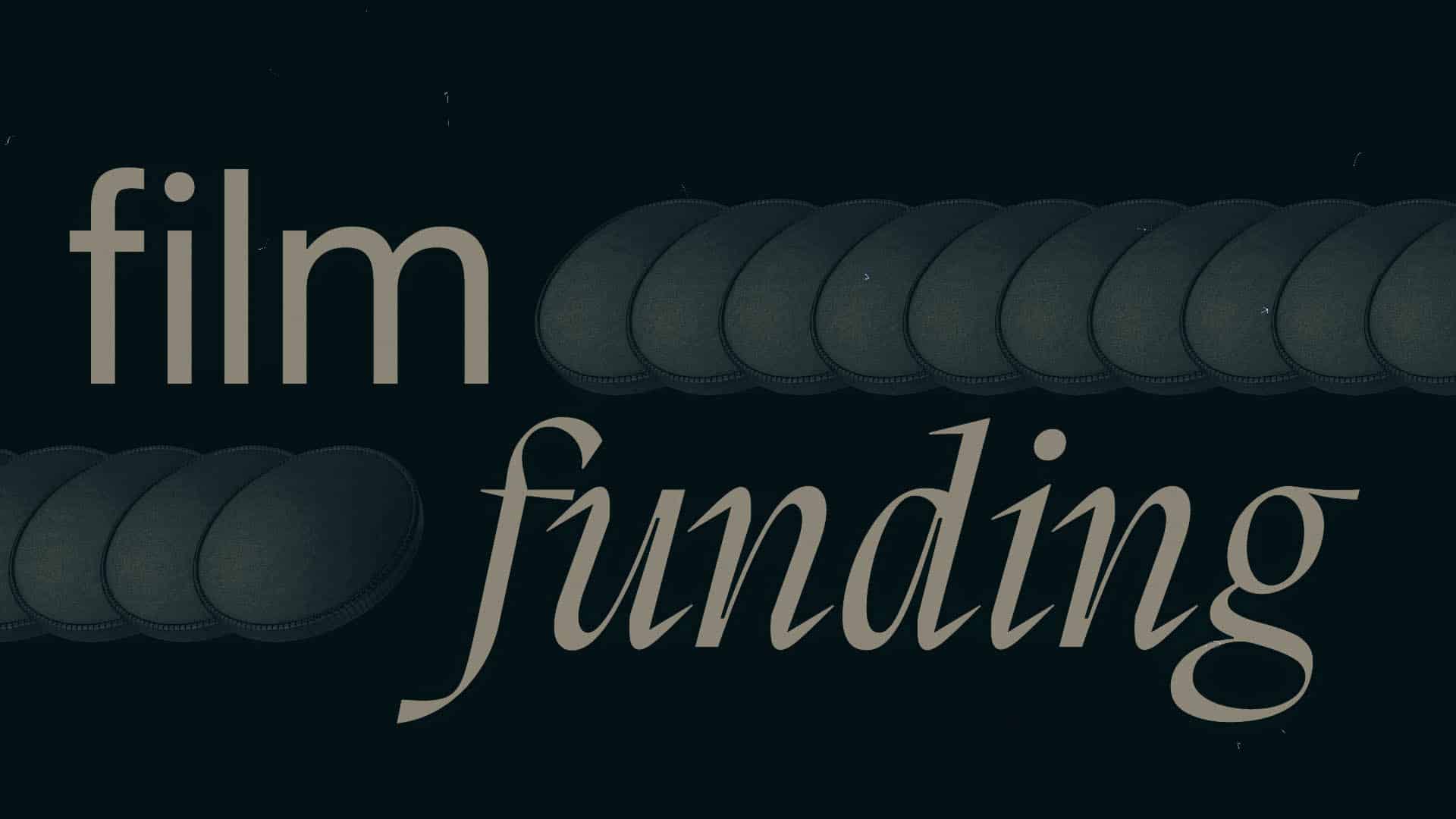
how are independent films funded?
Many people think that to produce an independent film it costs an arm and a leg – unfortunately, they are right. Navigating the independent film industry can be difficult, especially amidst the cost of living crisis. However, thankfully, it is still feasible. But, where do they get their money from?
So, how are independent films funded? Independent films are supported in a variety of ways, including crowdfunding, product placement, public investors, and more. Independent filmmakers must take far more risks as they are not as well supported financially as big-budget films.
Continue reading to learn more about these and other strategies that aid in the production of independent films.
how exactly are independent films funded?
As previously explained, independent films are funded in a variety of ways. Just know, it’s not easy, but hopefully this article will equip you with the knowledge to understand how independent films are funded or even get your own indie film funded!
Below are five methods for funding indie films, each with an explanation of how they work.
5 ways independent films are funded:
1. crowdfunding
A lot of independent films rely on the public to fund their production. Crowdfunding is a method of raising funds to sponsor projects and organisations. It allows fundraisers to collect funds from a huge number of individuals by utilising online platforms.
An example of a film that has used crowdfunding is Aftersun directed by Charlotte Wells and starring Paul Mescal. This independent film went on to win awards and headline mainstream news websites, so that goes to show you the power of crowdfunding!
2. grants
A grant, as you may know, is a non-repayable gift for businesses. This means that they give independent filmmakers a lot of freedom. Though awards for filmmakers are typically in the form of money, they might also include services or equipment.
While some organisations place restrictions on how funds must be spent, others give total freedom. An institution that invests in you and provides film funding typically indicates that they are drawn to your project. Even though they are not seeking repayment of the loan, they often want to gain increased brand recognition.
3.private film investors
Private film investors are high-net-worth individuals who invest their personal wealth into film projects. They are attracted to factors such as:
- An established script
- A skilled and creative director
- An experienced producer
- A realistic budget
- A saleable cast
Independent filmmakers must market themselves in order to obtain a private investor. This can be accomplished through social media and online platforms, film festivals, and growing your network.
4. product placement
In the words of The Knowledge, product placement is “a way of helping filmmakers and TV producers either achieve, control or maximise the impact of their production budgets. At its simplest level, it involves providing advertisers with some exposure in their movie or TV production in return for cash or goods/services.”
A popular example of this is Volvo’s partnership with the Twilight franchise or Etch-a-Sketch’s collaboration with the Toy Story movies.

5.personal loans
One of the key features of experimental films, according to Fred Camper, is that they tend to be created by one person or a small group of people. This often means that the funding for the project is quite small and the chances of a profit is unlikely. As a result, the film production can end up being something that is very different to traditional theatre.
Sometimes, a professional actor might work on a low-no budget film if the script interests them. To find actors, take a look at Facebook groups, actors glossaries, local drama workshops or from an agency.
what do i do if i can't obtain film funding?
It can be extremely difficult to learn that you did not receive a grant or an investor for your movie. After you’ve recovered from creative rejection, consider the following tips to use if you are unable to secure film finance.
1. redraft
Redrafting is a crucial step in your recovery after you have had some time to reflect on your script and consider what might be enhanced, modified, or added. As Script Reader Pro puts it, “Don’t get stuck straight into a rewrite after finishing a draft. Once you have finished a draft, set the script aside for a while. Leave it alone for at least three weeks without opening it or even thinking about it.”
2. budget
Consider how you can budget effectively so that you can apply for a loan and make personal investments in your movie. Of course, not everyone can afford this, but if you can, it will bring your film’s production one step closer. If you don’t know where to start, there are plenty of budget templates available online.
3. reapply
Finally, reapply. Once you have given your film script an overview, recovered from creative rejection by refreshing yourself mentally, you are ready to reapply. Don’t forget to ask friends and family for their opinions, it’s always good to have a second opinion from someone else.
Additionally, search for a business that has experience with films in the same genre as the one you are producing. It’s likely that businesses won’t want to invest if you look at those who show little interest in your genre
working with dot films
At Dot Films, we are firm believers that any business can benefit from having a visual narrative that can be used to sway target audiences emotionally rather than rationally. Take a look at our portfolio to understand what we do. For further information, get in touch today via our online contact form and tell us all about your ideas!
share



